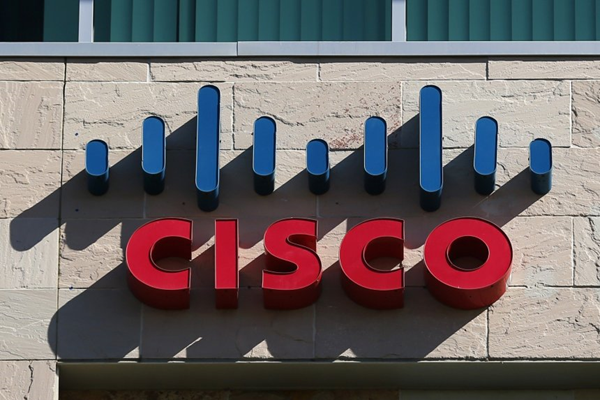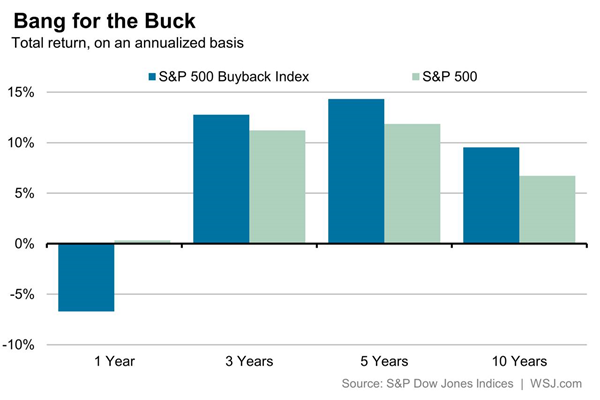|
THE
WALL STREET JOURNAL.
Markets |
Stocks
|
Ahead of the
Tape
Buybacks Arenít What They Used to Be
Investors arenít rewarding companies that deploy the biggest
buybacks as much as they once did
|

Cisco Systems remains committed to stock buybacks. PHOTO:
MIKE BLAKE/REUTERS |
The corporate buyback
binge continues at full tilt. But, perhaps with good reason, investors
may be losing faith in its ability to propel share prices.
U.S. companies
authorized $158 billion of new stock buyback programs in January and
February, according to Birinyi Associates Inc. While there is no
guarantee the rest of 2016 will maintain such a pace, it marked the
best start to a year since the research firm started tracking this
data in 1984.
February, in particular,
stood out, as cash-rich companies said they would continue rewarding
shareholders rather than investing. It was the fourth strongest month
on record.
Cisco Systems Inc. and
Gilead Sciences Inc.
led the pack with the heftiest announcements.
Even so,
the S&P 500 Buyback Index, which
contains stocks with the highest ratio of buybacks to market value,
has fallen by 7% over the past year. That compares with a slight gain
for the S&P 500 on a total-return basis.
The explanation may be
that investors
know how buyback booms end: When
the market loses momentum, companies tend to get skittish about
spending money on their own shares, even though they are on sale.
|

The Wall Street Journal |
For example, in booming
2007 when the last bull market peaked, buybacks totaled $761 billion.
That plunged to $387 billion in 2008 and just $149 billion in 2009,
according to Birinyi.
Based on what companies
have announced, and also some evidence of what they have spent, such a
pullback hasnít happened this time. But the fact that a company says
it will repurchase stock doesnít mean it will. In 2015, companies
bought back about four-fifths of the authorized amount.
So, one explanation for
the sputtering Buyback Index is that investors smell trouble. Another
explanation is more benign: That investors are optimistic about the
economy and are rewarding companies that plow money into productive
assets.
After all, if a company
can get a higher return on a dollar than one returned to investors, it
should retain and spend it.
Capital expenditures, research
and development and even wage increases have largely taken a back seat
in this bull market.
The buyback express
isnít slowing. But more investors want to switch trains.
ó
tape@wsj.com
|


